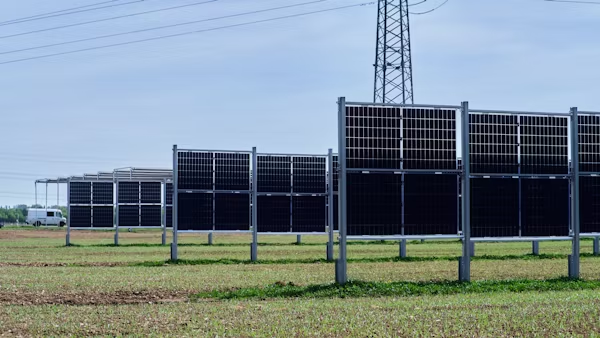Advancing Renewable Heat with Thermal Storage

Q1. Could you start by providing a brief overview of your professional background, specifically highlighting your expertise in the industry?
I have been working in the field of Innovation, New product development, Thermal, and renewable energy for around two decades. I have completed my master’s degree in Thermal Engineering and have experience in energy equipment design, process engineering, and EPCs. Moreover, I have in-depth knowledge about industry energy requirements and processes.
Q2. How is the evolution of thermal energy storage technologies reshaping the renewable energy landscape and enabling continuous 24/7 heat supply from green electricity?
Solar and wind energy are the two most important forms of renewable energy sources. Both these sources are inconsistent. Solar PV capacity is increasing rapidly worldwide; however, the user energy consumption pattern typically for industry is consistent and distributed over 24 hours. The addition of solar PV and wind-generated green electricity, mostly during the daytime, creates excess energy during daytime hours. This creates an imbalance between the demand and supply of electricity. This creates unstabilization of the grid. In the manufacturing industry, significant amounts of energy are used in the form of Heat (Steam, hot water, Thermic fluid heating, hot air, etc.). The thermal energy storage can provide a consistent thermal output irrespective of the availability of green electricity.
Q3. How is the Thermal Energy Storage market segmented by technology type, and which segment is expected to dominate?
Thermal energy storage for Industrial heating is divided into two types.
Sensible heat-based systems: the energy is stored in sensible form (temperature difference), without a change in phase. It can be stored in liquids such as water, molten salts, and some solid materials.
Phase change/latent heat-based system: These materials store and release heat energy at the same temperature by changing their phase. For industry-scale use, the temperature requirement is higher; hence, a few molten salts and molten metals are used for this purpose.
Both these technologies are complicated and challenging due to their high temperature and material selection complexity. There are some companies that have developed hybrid solutions, a combination of sensible and phase change materials.
If we compare the challenges and technology maturity, sensible heat-based systems are expected to dominate the market.
Q4. What opportunities and challenges exist in integrating biomass and waste-to-energy systems with thermal storage to optimize renewable heat supply?
A. Indian Scenario: If we consider industrial requirements, the energy requirement is fairly consistent, and the variation required can be fulfilled with existing solid fuel-fired boiler/heater technology. Recent advancements in grate combustion allow us to modulate output efficiently over a wide range; hence, the commercial viability of thermal energy systems remains a challenge.
B. European scenario: The countries having large seasonal variations have a significant change in energy demand throughout the year. Hence, district heating demand in winter is significantly higher. Such peaks can be minimized by use of thermal energy storage for large periodic storage. So, a biomass or Waste to Energy plant can be designed in consideration of flattening the peak with the help of thermal energy storage. The major challenge for such an application is a cost-effective solution for long-term thermal energy storage. High capital cost, material selection, and complexity in high-temperature storage are still major challenges.
Q5. What are the emerging innovations in thermal fluid technologies and heat exchangers that promise enhanced performance? Who is leading in this technology?
Currently, in the solar thermal industry, potassium and sodium-based nitrate salts are used. These salts are used in molten form. The major challenge with these salts is their low thermal conductivity. Other salts (e.g., hydroxide-based) are being developed, which have improved latent heat and thermal conductivity; however, excessive cost limits their commercial feasibility.
Q6. How can advancements in materials science, such as phase change materials or novel thermal fluids, revolutionize the efficiency and scalability of thermal energy storage systems?
The recent development of molten salts; these salts, if available at moderate costs, can be better alternatives for PCMs, which may impact the commercial feasibility and scalability of TES.
At high temperatures, these salts, as well as metals, are corrosive in nature; compatible material development can help to overcome these challenges, which will expedite the implementation of these systems in industries at a faster pace.
Q7. If you were an investor looking at companies within the space, what critical question would you pose to their senior management?
The current thermal energy storage technology is still expensive and complicated, so if I were an investor and would suppose to ask a critical question to senior management of the TES company, I will ask Have you done commercial feasibility for large scale (industrial) system and how does it stand in comparison with other renewable energy heat technology such as biomass fired or Waste to Energy based boilers/Heaters?
Comments
No comments yet. Be the first to comment!
